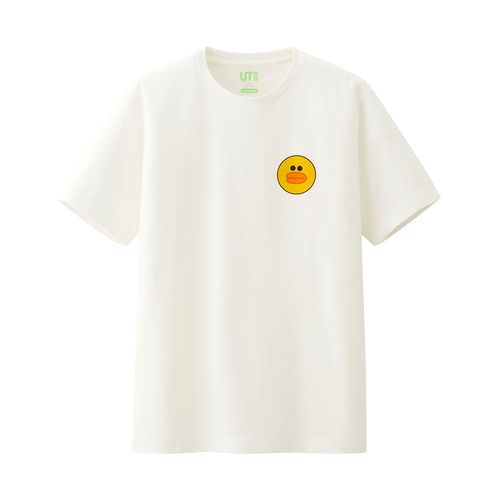The design process of personalized customized clothing can be divided into the following main steps:
1. Requirements collection and analysis: First, designers and customers Communicate and understand customers’ needs, preferences, styles, occasions, etc. for personalized customized clothing. Designers need to understand the customer’s body characteristics, preferred styles and colors in detail in order to better meet customer expectations.
2. Design creativity Based on the needs of customers and the designer’s own creativity, the designer begins to make preliminary ideas for clothing design. Designers can transform design ideas into visual renderings or three-dimensional models through hand-drawing, computer software drawing, or three-dimensional modeling, and provide design proposals to customers.
3. Customized plan and sample production: Once the customer accepts the design proposal, the designer will formulate it based on the customer’s requirements for style, material, details, etc. Specific customization plans and start making samples of clothing. In this process, designers need to select appropriate fabrics and accessories, and perform cutting, sewing and other process operations.
4. Fitting and modification: After completing the sample, the customer tries it on and provides feedback. Designers make appropriate modifications and adjustments to the clothing based on the try-on situation and the customer’s opinions to ensure that the final customized clothing can perfectly fit the customer’s figure and needs.
5. Measurement and tailoring: Based on the customer’s actual body data, the designer performs measurement work to accurately obtain the customer’s body size. Based on the individual differences of the customer, the designer needs to adjust each size and apply these measurements in the cutting process of the custom garment.
6. Sewing and quality inspection: After obtaining the customer’s accurate measurements, the designer will start the formal sewing of the garment. During the sewing process, attention needs to be paid to the details to ensure that every detail meets the customer’s requirements and the designer’s standards. After sewing is completed, quality inspection is required to ensure that the quality of the garment is up to standard.
7. Completion and delivery: After a series of process operations and quality inspections, the customized garments are finally completed and ready to be delivered to the customer. Designers need to organize and package the garments to ensure they are not damaged during delivery. At the same time, designers can also provide customers with relevant care and maintenance suggestions to extend the service life of clothing.
To sum up, the design process of personalized customized clothing includes demand collection and analysis, design creativity and proposals, customized plans and sample production, fitting and modification, Measurement and cutting, sewing and quality inspection, as well as completion and delivery. This process requires close collaboration and communication between designer and client to ensure that the final custom garment perfectly matches the client’s needs and expectations.







